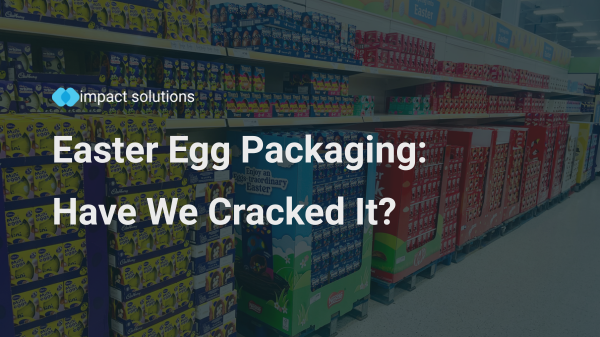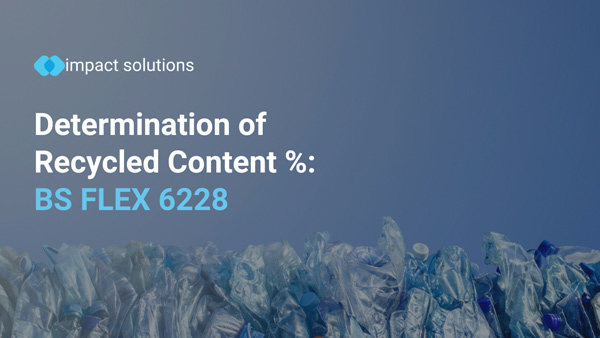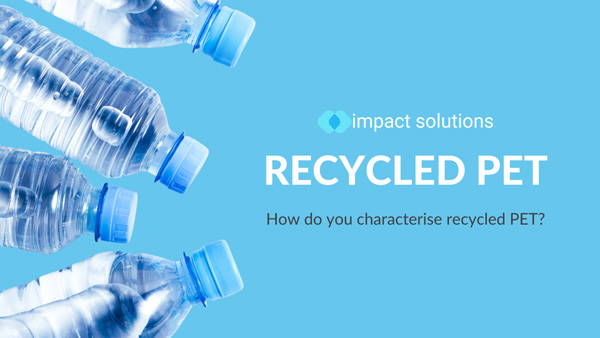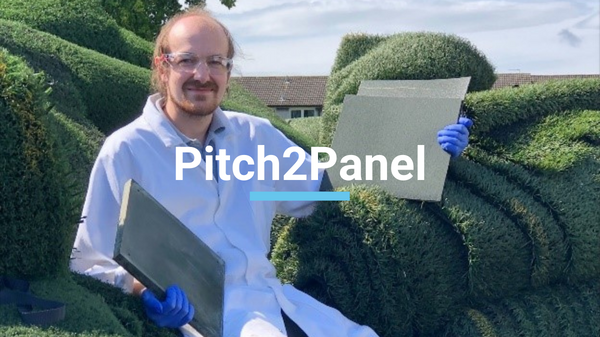Determination of Percentage (%) of Recycled Content
Determination of Percentage (%) of Recycled Content
Introduction to BS Flex 6228
The government has introduced a Plastic Packaging Tax (PPT) designed to increase the use of recycled material in the production of plastic packaging. A tax of £200 per tonne is levied on packaging that does not have at least 30% recycled plastic content. In order to police the PPT companies will be required through supply chain auditing to provide evidence that packaging produced does contain ≥ 30% recycle content.
Impact has been working with BSI to develop a Flex Standard 6228 to determine whether a PET product has >30% recyclate in it. The Flex Standard does not replace supply chain auditing, rather it offers a screening method to test whether the properties of a sample are consistent with its claimed level of recyclate. It also does not provide methods to determine the quality of the packaging, and/or its suitability for a specific purpose, such as containing food or drink.
Impact are currently working with polyethylene and polypropylene packaging to extend the scope to a wider range of packaging.
Plastic packaging – Assessment of recycled content within polyethylene terephthalate (PET) virgin material and recyclate blended packaging materials produced from mechanical recycling methods – Specification and test methods.
The BSI Flex covers rigid forms of PET packaging with:
- recyclate (i.e. polymers that have been used commercially and have been returned for re-use through waste collection), it does not cover regrind (i.e. material used during processing and recycled internally within a production facility for blending with virgin polymers).
- recyclate produced through mechanical recycling methods from plastic waste streams not from chemical recycling methods.
- translucent or transparent properties but not coloured or opaque products.
It also covers recycled content within PET pellets created from waste streams for use as a raw material from which plastic packaging will be created.
The Flex model has been developed using 75 different rPET/PET products from 14 separate manufacturers.
The model for predicting the presence and levels of recycled rPET present in PET packaging products is empirically derived from a combination of the following tests undertaken on each of the 75 samples.
- Thermal (DSC/TGA) to determine the crystallization temperature on cooling
- Colourimetry to measurement of tristimulus property L*
- UV-visible spectrometry to measure the transmission and absorbance
The standard enables (i) the determine of the probability that rPET% content in the product is greater than 30%, and (ii) to calculate the recycled content when the virgin and recycled feedstocks are available.




